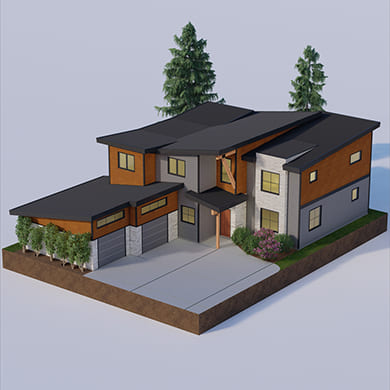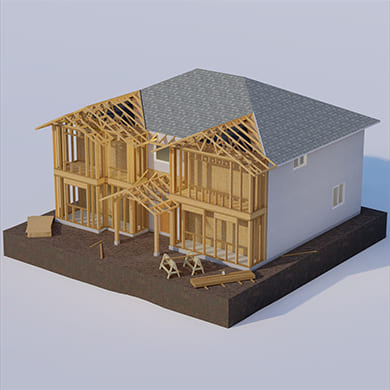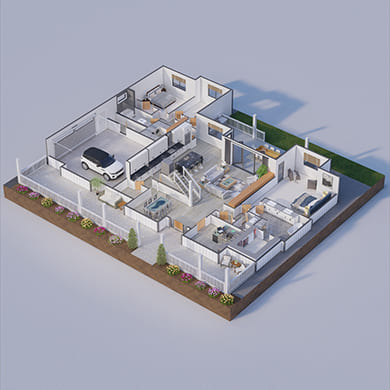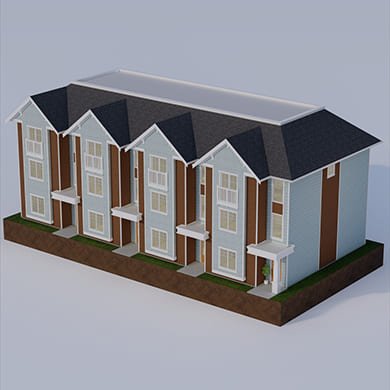Initial consultation incorporating project feasibility, desired styles, wish lists, rough conceptual floor plans and elevations, and how to get it all onto paper.
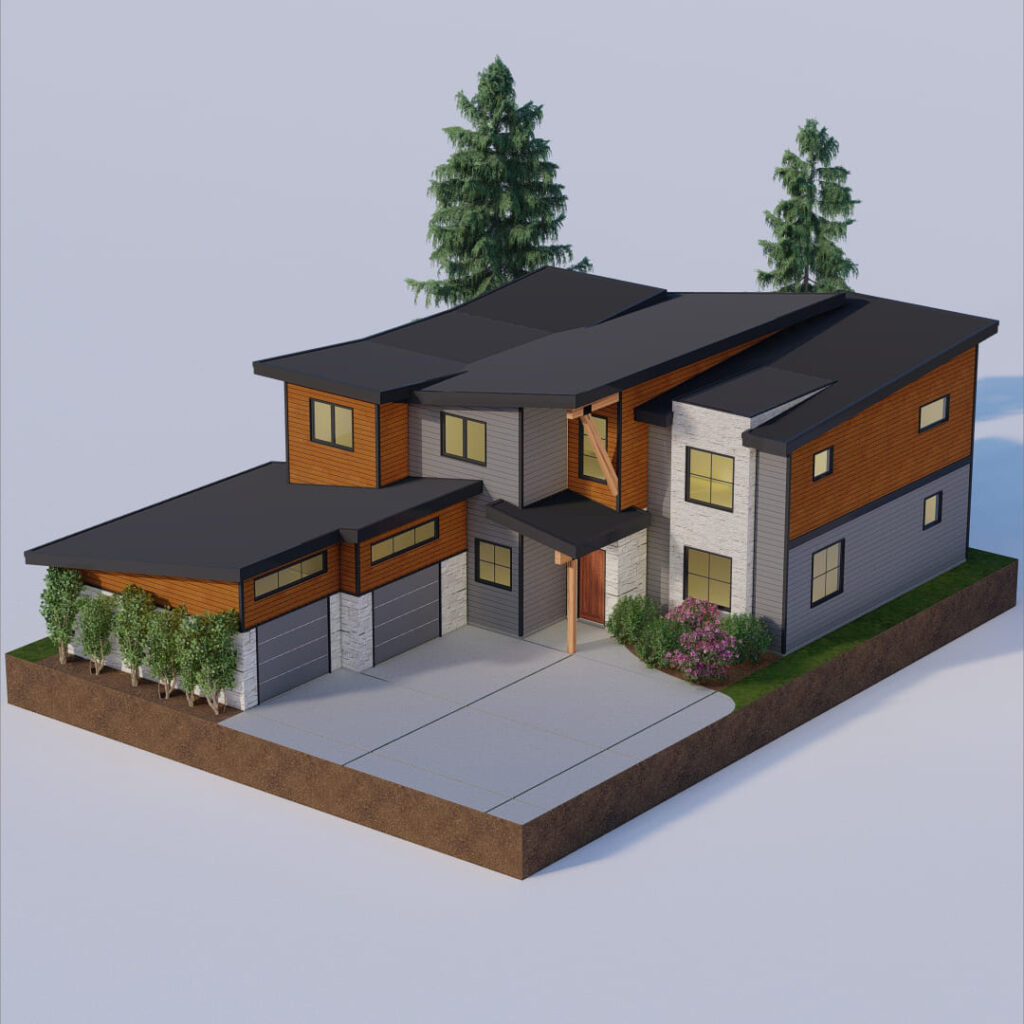
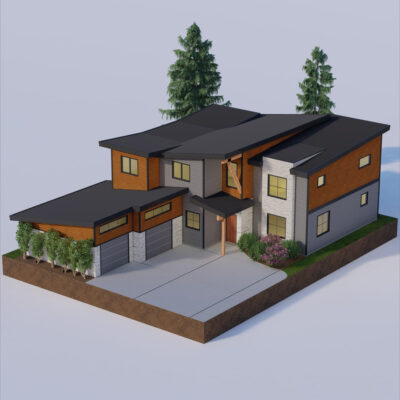
Comprehensive Custom Designs
Custom Home Design
Each new home is a puzzle with its own challenges. A great design blends aesthetics with functionality and finds the proper balance between the two. This ensures the client has a home that works for their lifestyle and one you love to look at, every time you arrive back home. We work together throughout the design process to achieve this harmonization
The design process starts with initial research of the project including both regulatory parameters and the client’s desires to create a rough concept. It then moves on to a full set of preliminary drawings before the design development phase takes off. When the client is ready, the plans are finalized into construction documents.
Why choose us for the design of your custom home? Because we genuinely want to create a design experience like no other. It’s more than just design. It’s the creation of your home. Your home is not just a structure, but your life. We understand this philosophy. Our goal is to create a design experience you can engage with, control, and ultimately produce the design you love
A full set of to-scale drawings with 3Ds, elevations, detailed floor plans and how it all sits on the property. Continued refinements to the clients preference. Consultation in regards to zoning, building code, and design the whole way through. Full working construction drawings of the house with all necessary technical details required for engineering, building permits and construction.
Initial consultation incorporating project feasibility, desired styles, wish lists, rough conceptual floor plans and elevations, and how to get it all onto paper. A full set of to-scale drawings with 3Ds, elevations, detailed floor plans and how it all sits on the property.
Continued refinements to the clients preference. Consultation in regards to zoning, building code, and design the whole way through. Full working construction drawings of the house with all necessary technical details required for engineering, building permits and construction.
Other Related Services
Other Custom Design Projects
Extra Services
Get In Touch With Us
250 – 915 – 7965
9am – 5pm, Monday – Friday
info@impacthomedesign.ca
Responds within 24 Hours

